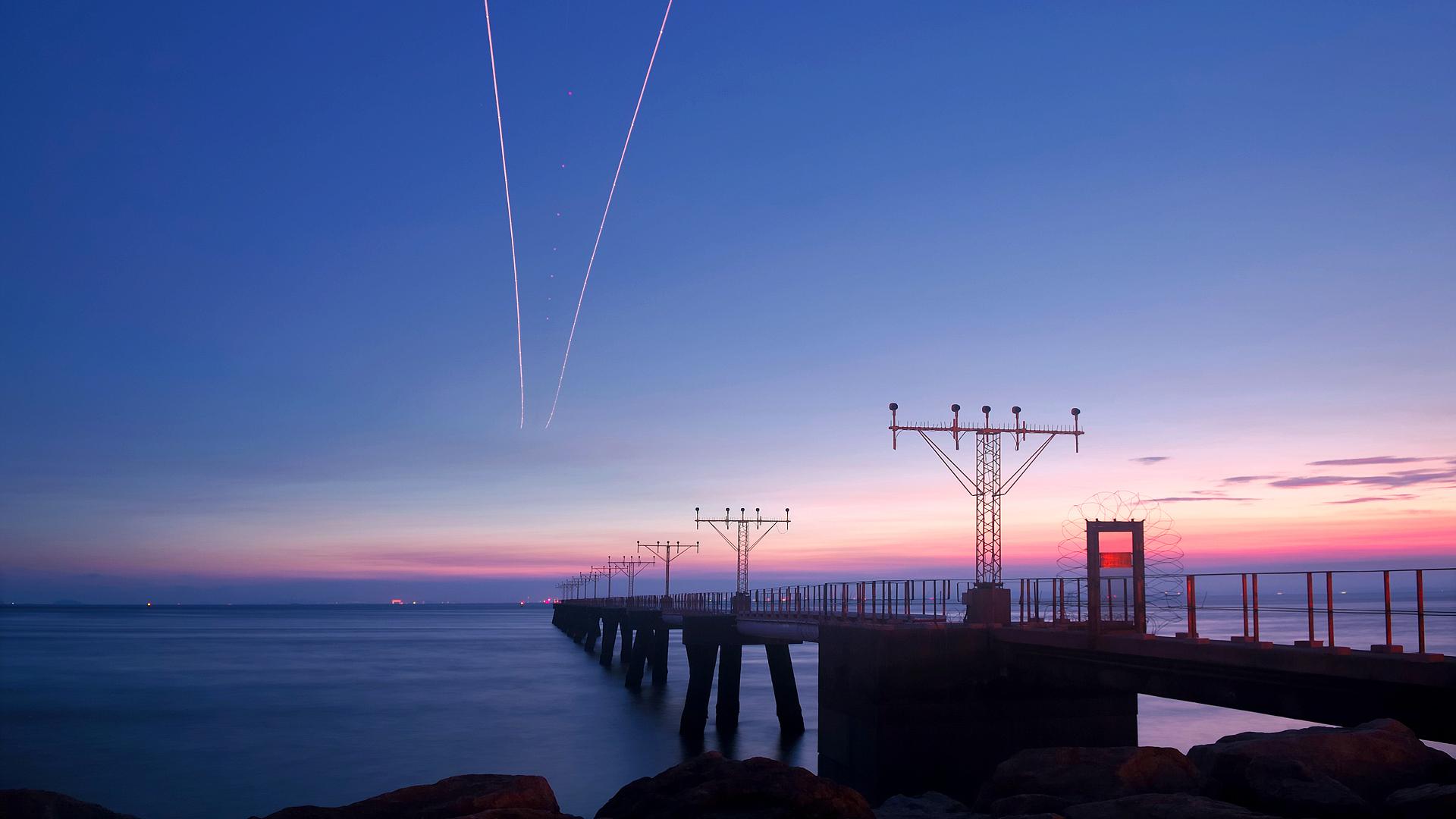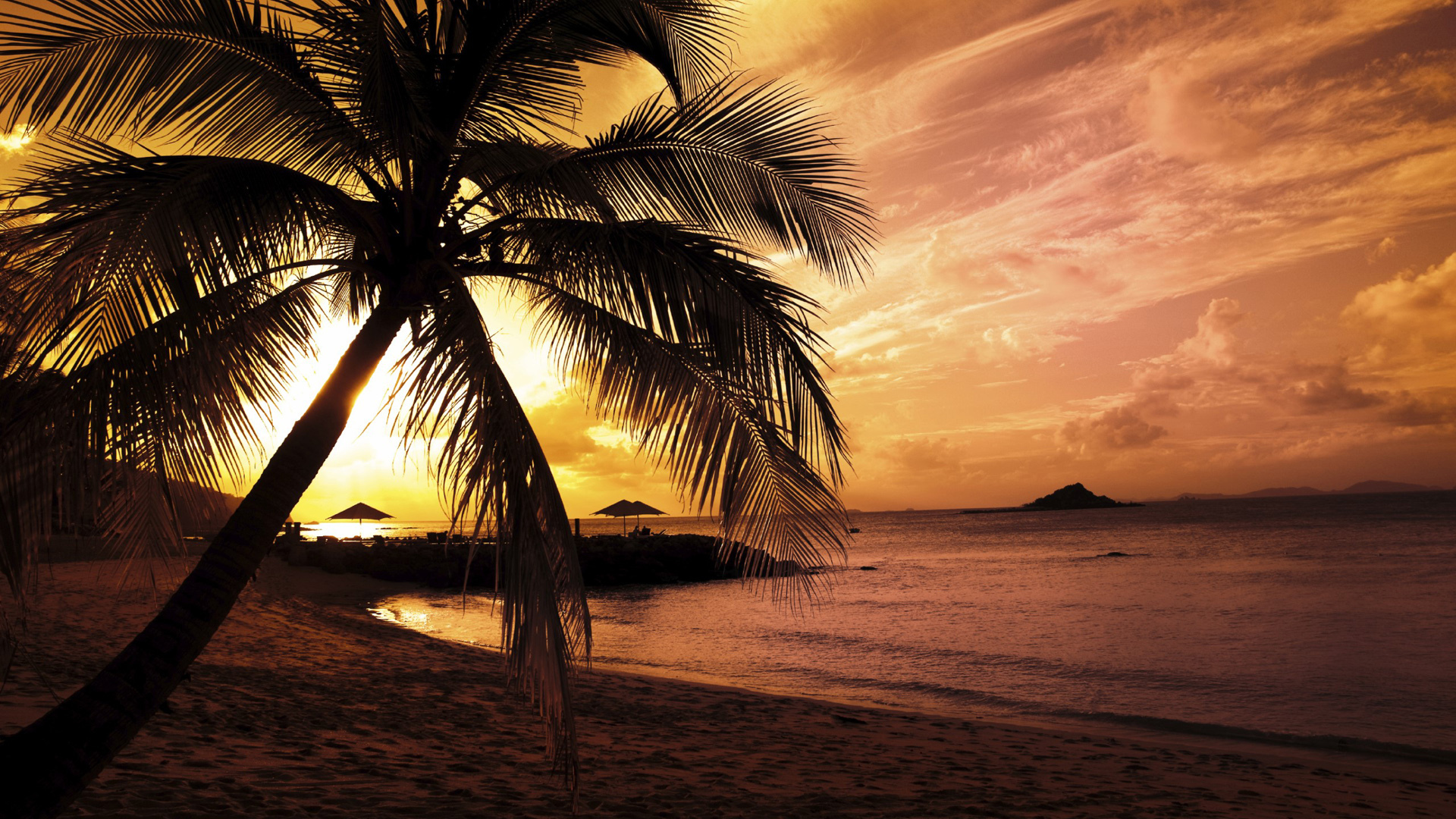Nature Full Hd Wallpapers Biography
Source(google.com.pk)By the early twentieth century, wallpaper had established itself as one of the most popular household items across the Western world. Manufacturers in the USA included Sears designers included Andy Warhol.Wallpaper has gone in and out of fashion since about 1930, but the overall trend has been for wallpaper-type patterned wallcoverings to lose ground to plain painted walls.
Historical collections
Historical examples of wallpaper are preserved by cultural institutions such as the Deutsches Tapetenmuseum (Kassel) in Germanythe Musée des Arts Décoratifs (Paris) and Musée du Papier Peint (Rixheim) in France the Victoria & Albert in the UK; the Smithsonian's Cooper-Hewitt Historic New England,Metropolitan Museum of Art, U.S. National Park Service,and Winterthur in the USA.
Types and size
In terms of methods of creation, wallpaper types include painted wallpaper, hand-printed woodblock wallpaper, hand-printed stencil wallpaper, machine-printed wallpaper, and flock wallpaper.
Modern wallcoverings are diverse, and what is described as wallpaper may no longer actually be made from paper. Two of the most common factory trimmed sizes of wallpaper are referred to as "American" and "European" rolled goods. American rolled goods are 27 inches by 27 feet (8.2 m) in length. European rolled goods are 21.5 inches wide by 33 feet (10 m) in length. Approx. 60 square feet (5.6 m2). Most wallpaper borders are sold by linear foot and with a wide range of widths therefore square footage is not applicable. Although some may require trimming.
The most common wall covering for residential use and generally the most economical is prepasted vinyl coated paper, commonly called "strippable" which can be misleading. Cloth backed vinyl is fairly common and durable. Lighter vinyls are easier to handle and hang. Paper backed vinyls are generally more expensive, significantly more difficult to hang, and can be found in wider untrimmed widths. Foil wallpaper generally has paper backing and can (exceptionally) be up to 36 inches wide, and be very difficult to handle and hang. Textile wallpapers include silks, linens, grass cloths, strings, rattan, and actual impressed leaves. There are acoustical wall carpets to reduce sound. Customized wallcoverings are available at high prices and most often have minimum roll orders.
Solid vinyl with a cloth backing is the most common commercial wallcovering[citation needed] and comes from the factory as untrimmed at 54 inches approximately, to be overlapped and double cut by the installer. This same type can be pre-trimmed at the factory to 27 inches approximately.
Furthermore, wallpaper comes in the form of borders, typically mounted horizontally, and commonly near ceiling level of homes. Borders come in varying widths and patterns.
Like paint, wallpaper requires proper surface preparation before application. Additionally wallpaper is not suitable for all areas. For example, bathroom wallpaper may deteriorate rapidly due to excessive steam. Proper preparation includes the repair of any defects in the drywall or plaster and the removal of loose material or old adhesives. For a better finish with thinner papers and poorer quality walls the wall can be cross-lined (horizontally) with lining paper first .Accurate room measurements (length, width, and height) along with number of window and door openings is essential for ordering wallpaper. Large drops, or repeats, in a pattern can be cut and hung more economically by working from alternating rolls of paper.
Besides conventional installation on interior walls and ceilings, wallpapers have been deployed as decorative covering for hatboxes, bandboxes, books, shelves, and window-shades.
Custom wallpaper printing
New digital inkjet printing technologies using ultraviolet (UV) cured inks are being used for custom wallpaper production. Very small runs can be made, even a single wall. Photographs or digital art are output onto blank wallpaper material. Typical installations are corporate lobbies, restaurants, athletic facilities, and home interiors. This gives a designer the ability to give a space the exact look and feel desired.
High-tech wallpaper
New types of wallpaper under development or entering the market in the early 21st century include wallpaper that blocks certain mobile phone and WiFi signals, in the interest of privacy. The wallpaper is coated with a silver ink which forms crystals that block outgoing signals.
The Spanish firm Think Big Factory has announced that they are developing a wallpaper which also serves as a computer interface, using projectors, webcams, and motion sensors for control. As of 2013, The hardware was complete but only 20 per cent of the software was finished, according to Think Big Factory.
Seismic wallpaper
In 2012, Scientists at the Institute of Solid Construction and Construction Material Technology at the Karlsruhe Institute of Technology announced that they had developed a wallpaper that can help keep a masonry wall from failing in an earthquake. The wallpaper uses glass fibre reinforcement in several directions and a special adhesive which forms a strong bond with the masonry when dry.
During the Napoleonic Wars, trade between Europe and Britain evaporated, resulting in the gradual decline of the wallpaper industry in Britain. However, the end of the war saw a massive demand in Europe for British goods which had been inaccessible during the wars, including cheap, colourful wallpaper. The development of steam-powered printing presses in Britain in 1813 allowed manufacturers to mass-produce wallpaper, reducing its price and so making it affordable to working-class people. Wallpaper enjoyed a huge boom in popularity in the nineteenth century, seen as a cheap and very effective way of brightening up cramped and dark rooms in working-class areas. It became almost the norm in most areas of middle-class homes, but remained relatively little used in public buildings and offices, with patterns generally being avoided in such locations. In the latter half of the century Lincrusta and Anaglypta, not strictly wallpapers, became popular competitors, especially below a dado rail. They could be painted and washed, and were a good deal tougher, though also more expensive.
Wallpaper manufacturing firms established in England in the 19th century included Jeffrey & Co.; Shand Kydd Ltd. Lightbown, Aspinall & Co.; John Line & Sons Potter & Co. Arthur Sanderson & Sons; Townshend & Parker.Designers included Owen Jones, William Morris, and Charles Voysey. In particular, many 19th century designs by Morris and Co and other Arts and Crafts designers remain in production.
20th century..
For Mobile Samsung For Desktop For Mobile For Pc For Laptop 2013 Free Download For Windows Xp For Facebook Cover

For Mobile Samsung For Desktop For Mobile For Pc For Laptop 2013 Free Download For Windows Xp For Facebook Cover

For Mobile Samsung For Desktop For Mobile For Pc For Laptop 2013 Free Download For Windows Xp For Facebook Cover

For Mobile Samsung For Desktop For Mobile For Pc For Laptop 2013 Free Download For Windows Xp For Facebook Cover

For Mobile Samsung For Desktop For Mobile For Pc For Laptop 2013 Free Download For Windows Xp For Facebook Cover

For Mobile Samsung For Desktop For Mobile For Pc For Laptop 2013 Free Download For Windows Xp For Facebook Cover

For Mobile Samsung For Desktop For Mobile For Pc For Laptop 2013 Free Download For Windows Xp For Facebook Cover

For Mobile Samsung For Desktop For Mobile For Pc For Laptop 2013 Free Download For Windows Xp For Facebook Cover

For Mobile Samsung For Desktop For Mobile For Pc For Laptop 2013 Free Download For Windows Xp For Facebook Cover

For Mobile Samsung For Desktop For Mobile For Pc For Laptop 2013 Free Download For Windows Xp For Facebook Cover

For Mobile Samsung For Desktop For Mobile For Pc For Laptop 2013 Free Download For Windows Xp For Facebook Cover